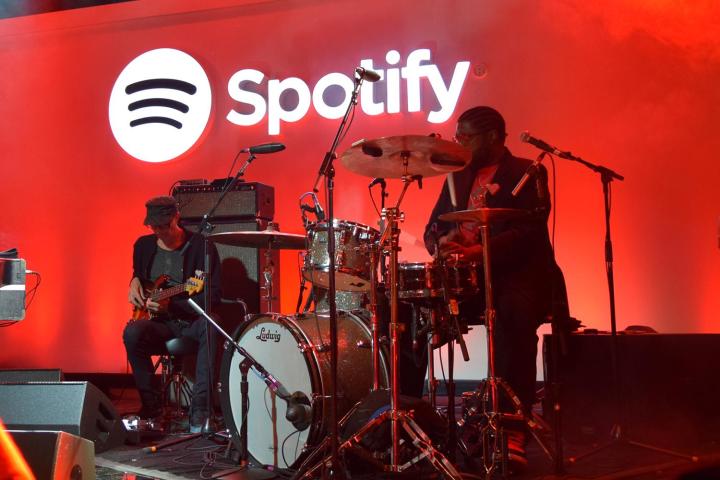
At the end of May 2014, Spotify had reached 10 million paying subscribers and 40 million active users. One year later, the company has doubled its subscriber numbers to 20 million, and nearly doubled its active user base to 75 million, according to a post on the Spotify blog. By comparison, it took over five years for the company to reach its first 10 million subscribers.
While this jump in subscribers is certainly impressive, clear-sighted observers would have been able to see it coming. In January of this year, Spotify announced it had reached 15 million subscribers, so adding 5 million more in six months shows growth staying on track.
Whether or not this came as a surprise, Spotify is still celebrating, and with good reason. On top of this announcement, the company just closed a $526 million funding round yesterday, according to the Wall Street Journal.
“As we grow, the amount of royalties we pay out to artists, songwriters and rights holders continues to climb faster than ever,” the Spotify team writes. “We have now paid more than $3 billion USD in royalties, including more than $300 million in the first three months of 2015 alone.”
So far it seems that 2015 has been a good year for Spotify, but the second half is likely to be tougher, with competition from Apple Music looming. As to whether Apple will take a bite out of Spotify’s growth, or the company will stay on track and reach Daniel Ek’s projection of 40 million paid subscribers, that remains to be seen.


